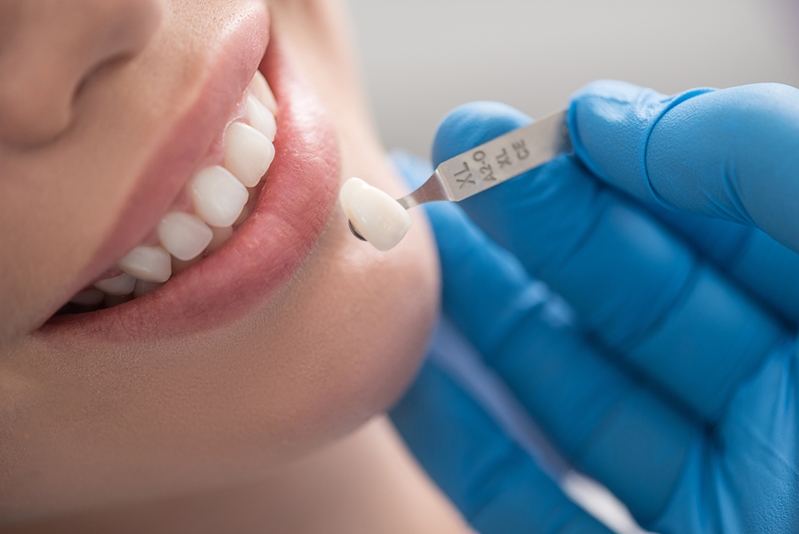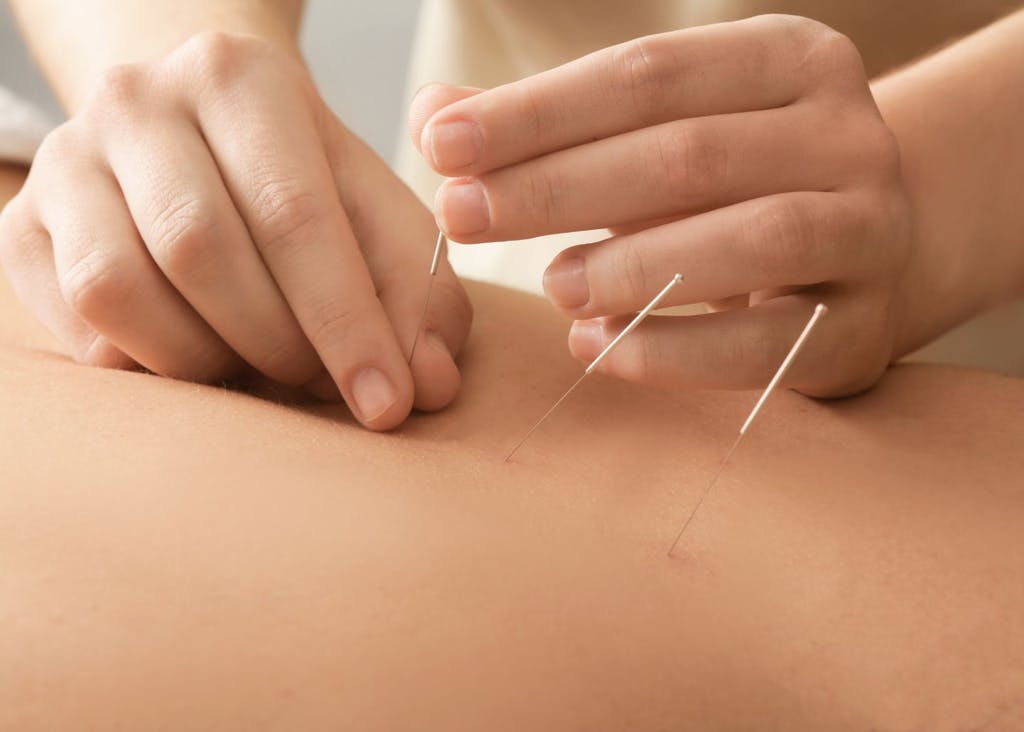Once considered an axillary therapy, Physiotherapy has cemented its position as one of the most important branches of medical science. It plays a crucial role in recovering from an injury or for rehabilitation after surgery. Just like all other departments of medical sciences, there has been tremendous advancement in physiotherapy as well. Numerous techniques and methods are invented which incorporate the use of different technologies to reduce pain and heal your body. Specialized clinics like The Injury Clinic have been established to offer you precise and personalized physiotherapy treatment. Techniques like robotics, wearables, water-based therapy, needling, and light therapy are used based on your complaints and individual needs. With the inclusion of progressive techniques, physiotherapy has reached unprecedented heights. In the present day, several methods are used in physiotherapy based on the patient and the kind of trouble has to be addressed. Here are some major types of physiotherapy used to reinstate your physical strength and fitness.
- Musculoskeletal physiotherapy
This is commonly known as orthopedic physiotherapy. This type of treatment is used to restore the movement and function of musculoskeletal components of your body. These components include bones, joints, ligaments, muscles, and tendons. The method can reduce chronic pain and stiffness, increase mobility, and rectify skeletal alignments.
- Geriatric physiotherapy
Geriatric physiotherapy is targeted to provide improved life quality to elderly people. You tend to fall prey to several health conditions with age such as arthritis, osteoporosis, joint replacement, balance disorder, etc. This therapy aims at reducing pain, restoring mobility, and improving physical limitations. It allows you to lead a pain-free independent life at an older age.
- Pediatric physiotherapy
Infants, toddlers, and adolescent children can have several types of issues and need to be treated with great care and compassion. Pediatric physiotherapy focuses on children’s specific problems like acute injury, genetic disorders, birth defects, development delays, orthopedic disability, etc. Physiotherapy is also used with kids to improve motor skills, developing strength and endurance, improve motion range and balance, and enhance cognitive and sensory processing.
- Sports physiotherapy
Athletes and people involved in sports like regular professionals, weekend warriors, and active kids need stamina, free joint movement, flexibility, bone strength, and muscle strength. They are also injury-prone. Special physiotherapists provide assessment and treatment, particularly for sportspersons. They use different techniques according to the need of the patient and the nature of the injury to speed up your recovery. Regular physiotherapy can also significantly reduce instances of injury and maintain your fitness.
- Women’s health
To the amazement of many people, physiotherapy can also assist in women-centric issues like childbirth, prenatal and postnatal care, infertility issues, and other issues related to the reproductive system. It can reduce pain in the lower back, pelvic, and hip during/after pregnancy, activate pelvic floor, reduce lymphatic swelling, help in urinary incontinence, and build core strength.
- Cardiorespiratory physiotherapy
This branch includes breathing and circulation exercises to help people suffering from diseases linked to the heart, lungs, and chest to recover and manage good health. The aim is to teach you correct breathing techniques, induce optimal lung expansion, and help you effectively manage cough and shortness of breath. It is suggested to patients suffering from asthma, bronchitis, hypertension and other similar medical conditions to improve their quality of life.











